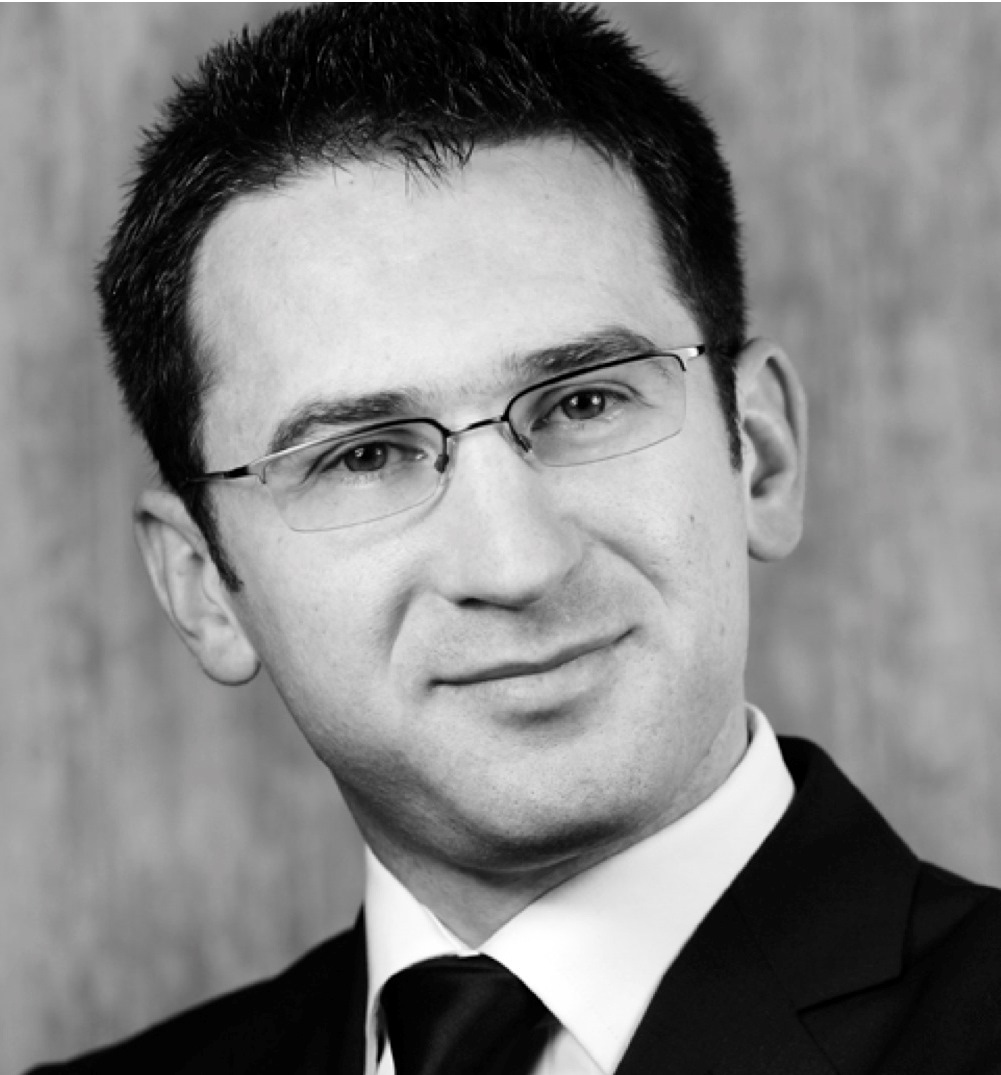Computational harmonic analysis of high-dimensional biomedical data

With growing computation power recent technologies in medicine, biology, and other disciplines generate huge and complex data sets and images, whose analysis requires new, efficient, and robust mathematical methods. In medicine, for instance, increasingly detailed patient data need to be integrated in clinical trials and individual treatment decisions. To better understand chronic disease, there is urgent need for better analysis of data and images acquired by different devices and modalities enabling quantitative tracking of changes over time.
The project is dedicated to deriving new mathematical techniques for the analysis of highly complex images and data sets. Research efforts range from the development of theoretical mathematical foundations all the way towards specific applications. The mathematical aspects are rooted in computational harmonic analysis, whose rapid developments over the past years have the potential to overcome present barriers. For the applied mathematicians, let me mention that we aim to reduce the data complexity by developing new, so-called dimension reduction techniques with the help of special projectors, diffusion geometry approaches, and frames. We shall also address variational approaches within time-frequency analysis using wavelets, shearlets, and sparsity constraints.
Scientists with broad experience both on the mathematical side as well as long-standing experience in cooperation with medical teams are needed. Building upon my previous human retina project jointly with the National Eye Clinic at the National Institutes of Health, my research is guided by clinical retinal imaging that serves as a testbed for wider applications. The Vienna Reading Center as part of the Department of Ophthalmology and Optometry of the Medical University of Vienna is the main partner institution. We propose to develop customized tools from applied harmonic analysis to fuse image information of the human retina from different imaging devices and to derive robust and efficient quantification schemes.
The proposed mathematical concepts’ usefulness in other disciplines shall already be verified within the project lifetime. Therefore, the Acoustics Research Institute also acts as a partner. We aim to reduce measurements of the head-related transfer function, meaning the responses that characterize how an ear receives a sound, and aim to solve reconstruction problems in speech recognition. Further modifications of the developed tools will have wider applications in multi-factorial disease and normal development offering new means to personalized medicine and further fields, where integration and analysis of large heterogeneous datasets are the key challenges.